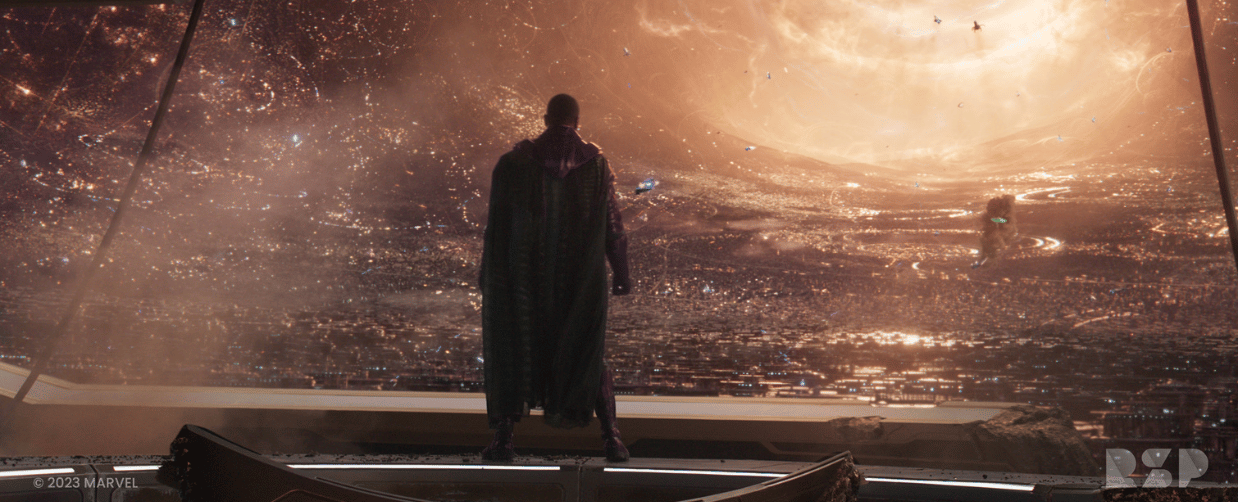Rising Sun Pictures delivered more than 270 visual effects shots for Marvel Studios’ Ant-Man and The Wasp: Quantumania, among the most anticipated films of the year. The studio took on the challenging assignment of augmenting—and later destroying—the Celestium, a massive, time and space traveling fortress belonging to the film’s supervillain, Kang the Conqueror. RSP was also tasked with visualizing “The Mandala,” a luminous, three-dimensional map that allows Kang to observe different layers of the multiverse, and with crafting an interdimensional portal that acts as a gateway between points in space-time.
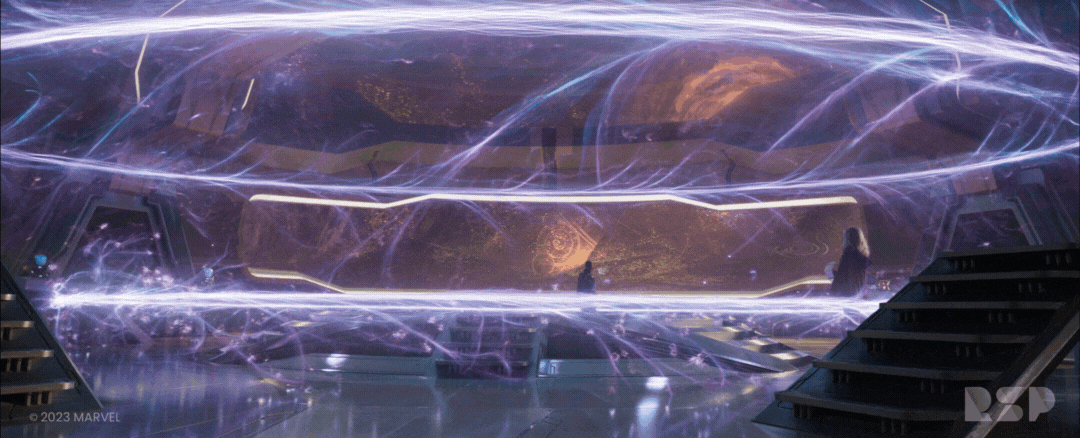
Kicking off Phase 5 of the Marvel Cinematic Universe and directed by Peyton Reed, Ant-Man and The Wasp: Quantumania marks the return of Super Heroes Scott Lang/Ant-Man (Paul Rudd) and Hope Van Dyne/The Wasp (Evangeline Lilly). Along with Hope’s parents, Hank Pym (Michael Douglas) and Janet Van Dyne (Michelle Pfeiffer), and Scott’s daughter Cassie Lang (Kathryn Newton), they explore the Quantum Realm, interacting with strange new creatures and embarking on an adventure beyond anything they thought possible. Jonathan Majors joins the adventure as Kang.
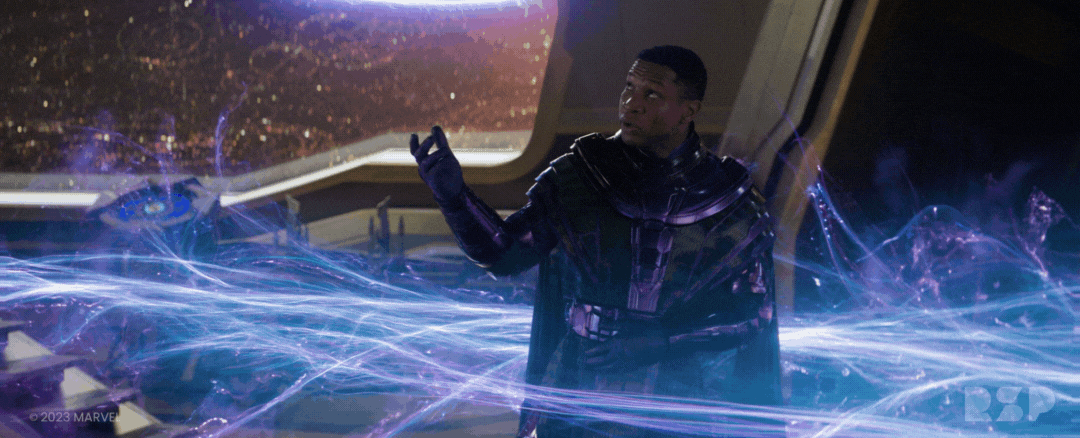
Working under Production VFX Supervisor Jesse James Chisholm and Production VFX Producer Fiona Campbell, RSP’s team was led by VFX Supervisor Jamie Macdougall, CG Supervisor Premamurti Paetsch and Comp Supervisor Neill Barrack. Rachel Copp produced the project for RSP with Richard Saade as Executive Producer. On several sequences, RSP worked in tandem with other visual effects studios and delivered together a total of 380 shots.
For Celestium, RSP’s role was to produce a huge CG extension for a practical set built at Pinewood Studios in England. CG elements included the walls and glass ceiling of the circular structure, rendered in meticulous detail and augmented by effects and lighting, and populated with real and digital characters. The team also integrated portions of the city of Chronopolis as seen through Celestium’s glass ceiling.
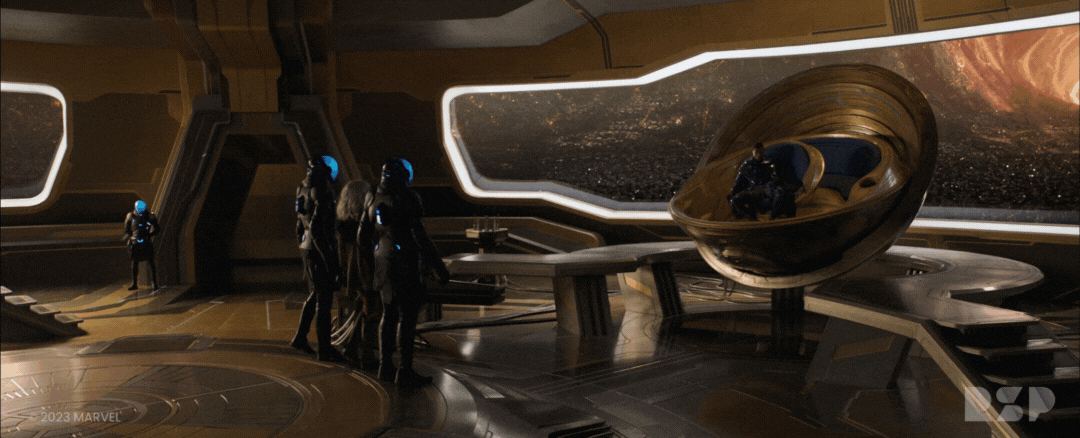
“Integrating the various elements was extremely complex due, in part, to light sources inside and outside the environment,” says Macdougall. “Plus, the surfaces inside the structure, and many of the characters’ costumes, were highly reflective. Accurate reflections of Chronopolis had to be added to each of those practical objects.”
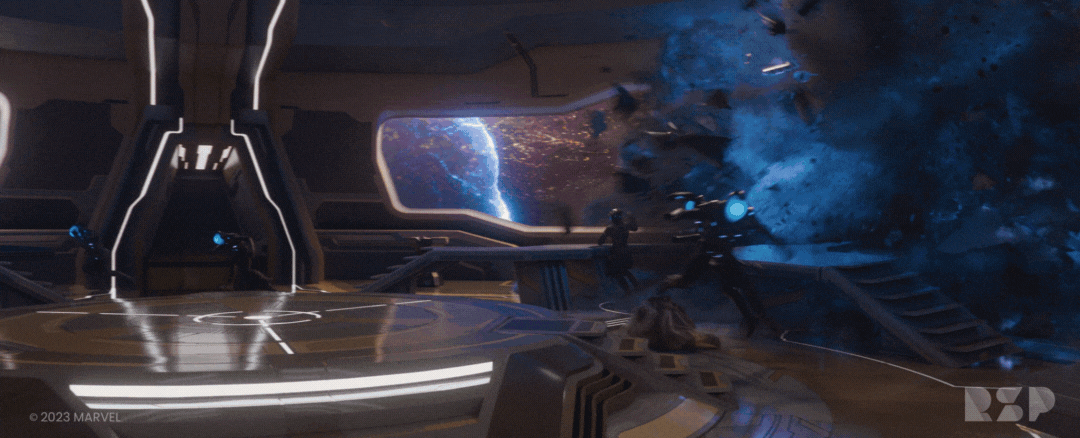
In addition to the set extensions, artists built a CG replica of the practical set for certain shots where it had to be partially or completely replaced.
“We modeled the entire, 360-degree environment as well as consoles, tables, control panels and other props within it,” notes Paetsch. “It had to be pixel perfect to make takeover from the practical set to the CG set invisible.”
Jamie Macdougall, VFX Supervisor at RSP
The studio’s most expansive work centered on a scene near the climax of the film when Celestium is destroyed. “An explosion rocks the structure, causing several enormous rings that surround Chronopolis to fall through the glass ceiling,” says Macdougall. “The shots are infused with a blue energy that is both eerie and quite beautiful. Designing, choreographing and executing all the layers required a leap of faith and I’m proud of the way our team pulled it off.”
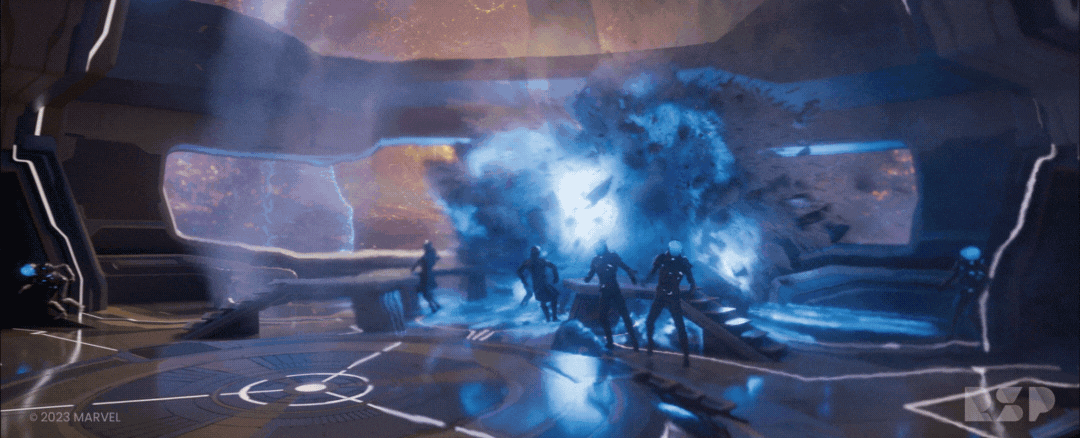
In some scenes, the practical set had to be fully replaced due to action impossible to stage live. “We integrated destroyed set pieces and added complex RBD (rigid body dynamics) simulations with smoke and energy effects,” notes Paetsch. “At one point, a large chunk of wall explodes into debris and is scattered across the interior of the Celestium. It all needed to be choreographed to such a degree that when debris lands it fits seamlessly with adjacent scenes shot on the practical set.”
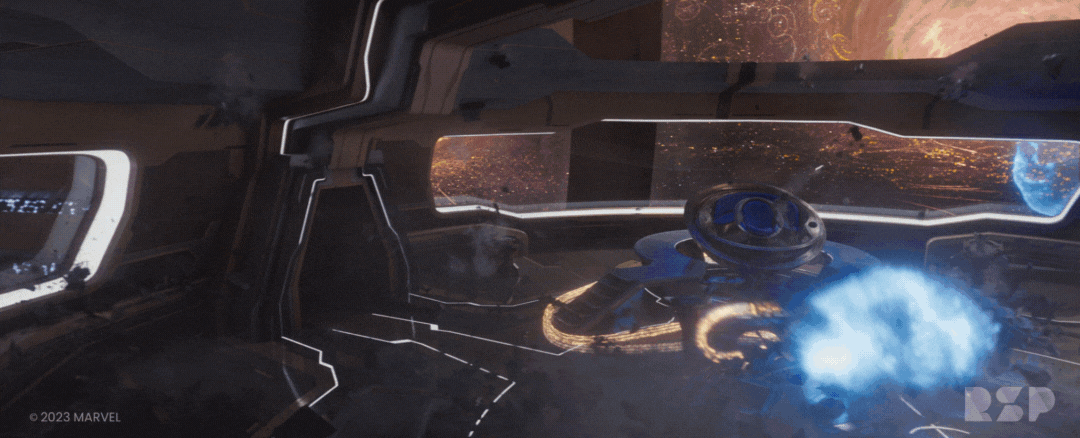
Additionally, live and digital characters needed to be added to the exploding, CG environment. “The principal characters are in nearly every shot,” explains Paetsch. “Kang wears shiny, reflective armor that had to respond correctly to light. We had to match move him to a high degree of accuracy so that we could relight him as a digital double, then take that additional lighting information and apply it to the photography of the actor.”
RSP enjoyed collaborating on sequences with its sister company “We really enjoyed sharing elements, exchanging ideas and aiming toward common goals,” recalls Copp. “It was really quite cool to be working effectively side by side with a team of artists nine time zones away.”
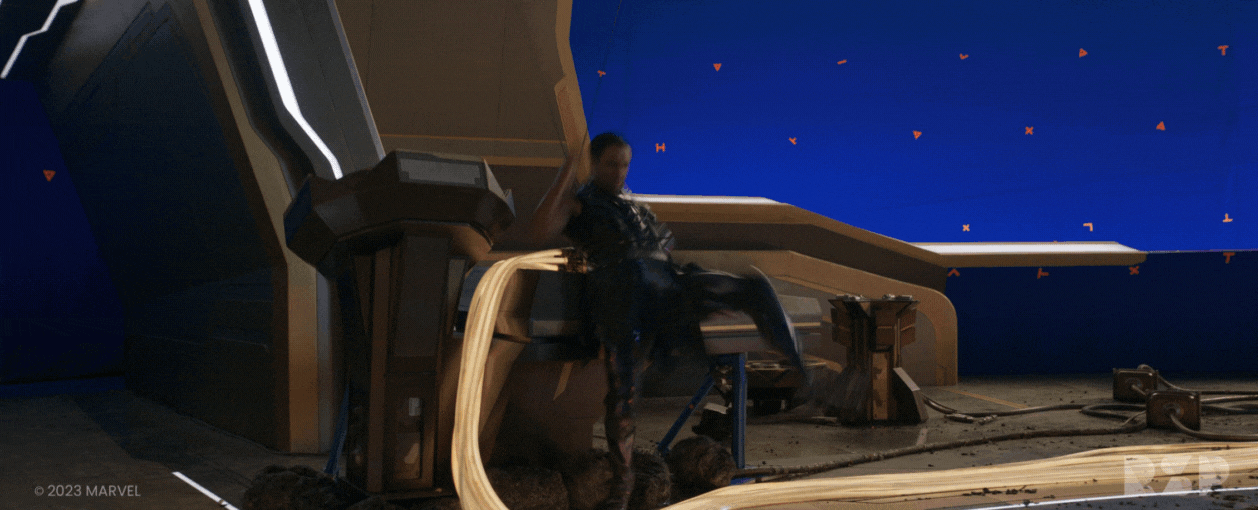
The destruction of Celestium is a spectacular climactic sequence. “A key character disintegrates in a wave of refracted energy,” states Macdougall. “Getting the actor inside that splintering energy required a huge number of technical steps. We first had to align a roto-matted digi-double with the live actor’s performance. We then refracted the digital character and applied the resulting geometry back onto the live actor. It wasn’t until the last bits were slotted in and it all fit together that we could see how the shot looked. It was a little nerve racking, but it came together very nicely.”
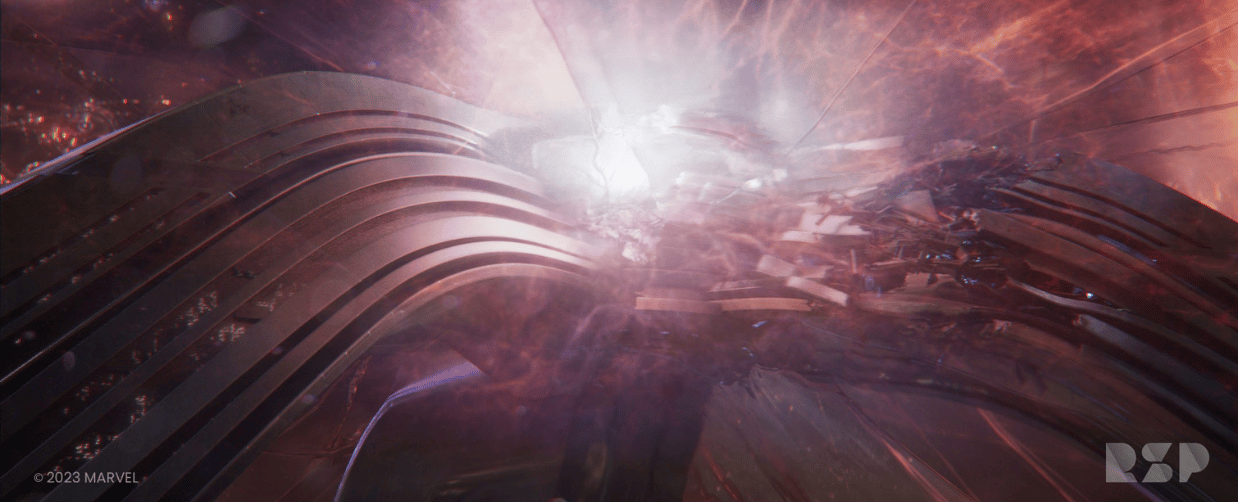
The Mandala is a stunning future tech object that Kang uses to view different strands of the multiverse. “It looks similar to a nebula that is circling the room,” says Macdougall. “It’s large enough that Kang is able to walk through and interact with it as he explains his evil plans to Janet Van Dyne.”
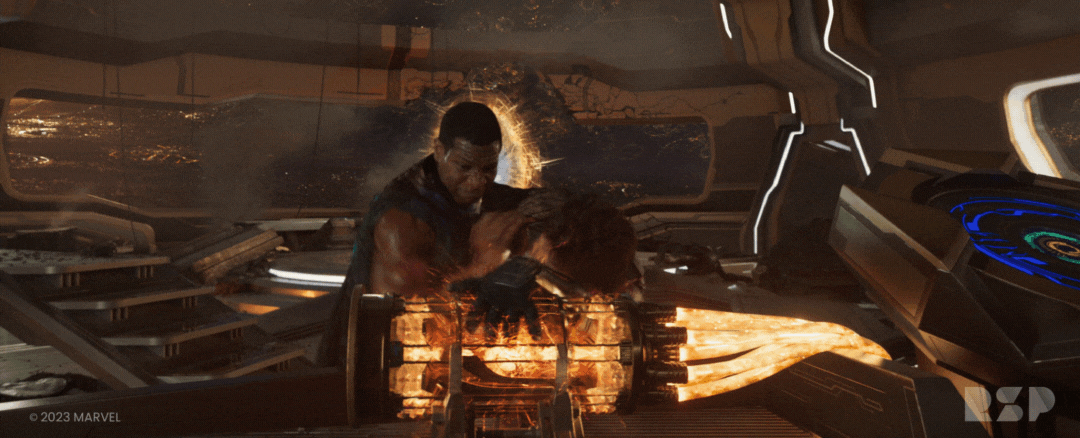
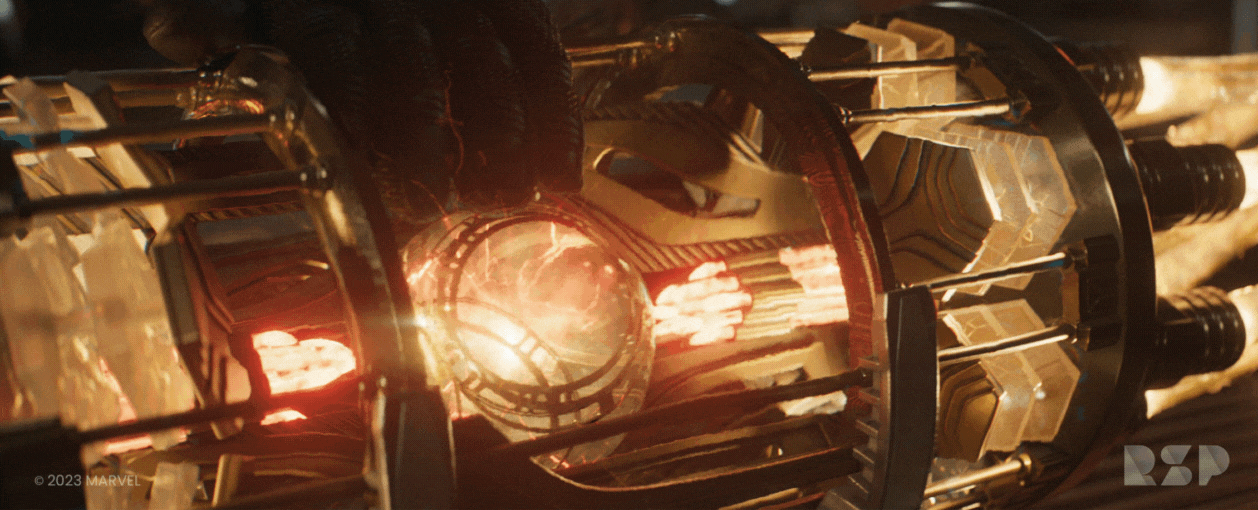
The studio’s CG and compositing teams worked in tandem to achieve the right look for the effect. “CG received a creative brief from production and used it to produce the first iteration,” recalls Lead Compositor Liu Chorna. “They passed that onto us, because certain types of effects can be created more quickly in comp. We developed several versions exploring different ideas and looks before arriving at a result that looked great and fit the story.
“The final effect,” adds Chorna, “required a delicate balance between aesthetics and subtlety. It had to be compelling without distracting from the performances. It also had to respond to Kang’s gestures as he moves and talks. The lighting was especially challenging due to the windows in the set and the many reflective surfaces. We match-moved each of the characters to make the Mandala interact naturally with them.”
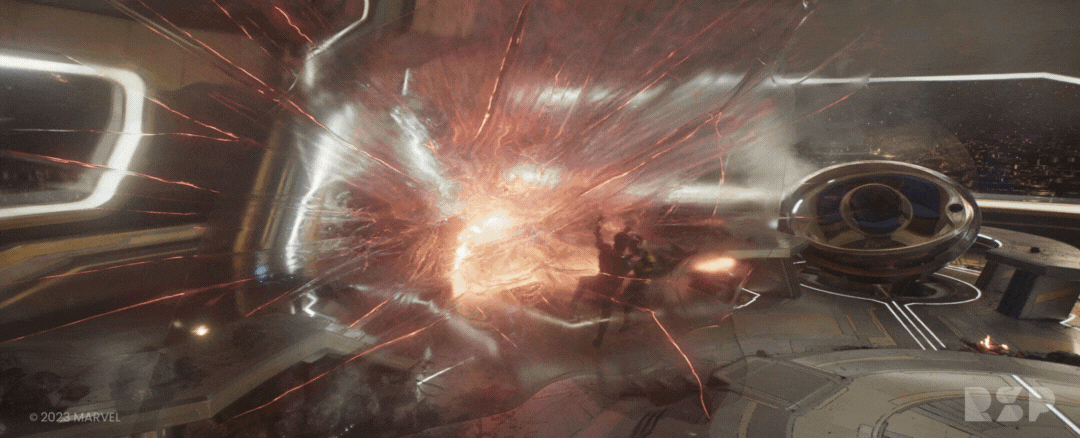
The portal appears several times in the film and acts as bridge between the real world and the Quantum Realm. “Our directive was to create an effect that was unique, yet recognisable by the audience as a wormhole-like device,” recalls Macdougall. “The portal has a refractive component. The space surrounding it turns to shattered glass. It also contains surreal, liquid-y elements. The refracting elements interact with the liquid elements to give the portal its structure.”

In functioning, the portal blends practical and quasi-mystical qualities. “It’s semi-transparent and its generating energy inside and out,” notes Paetsch. “It has an organic quality in that it seems to draw people in, but there is also something very strange about it. When people emerge in the Quantum Realm, they have become really, really tiny. They assume their former size when they return to the normal world.”
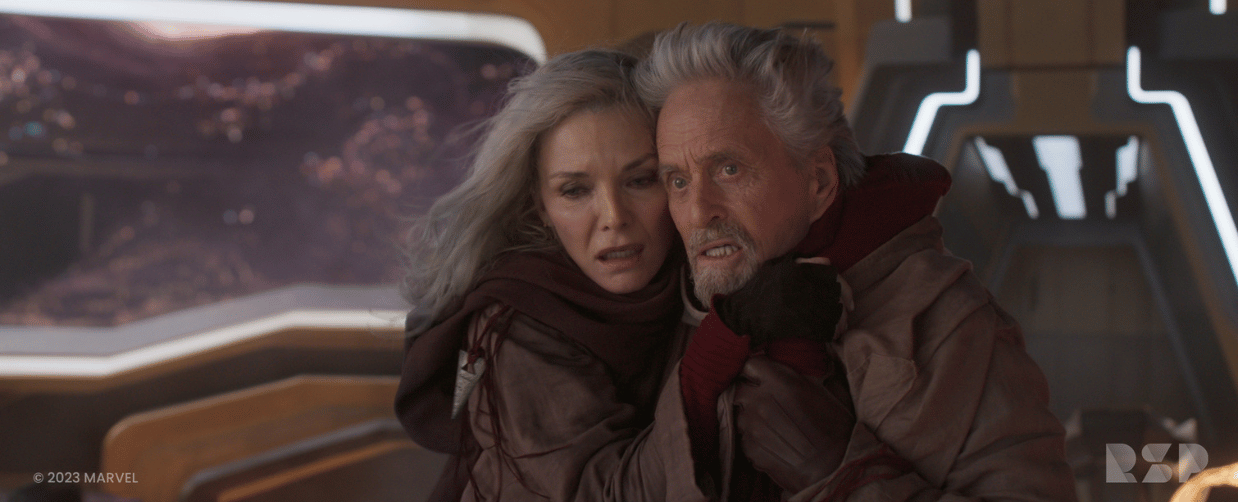
RSP employed teams at both its Adelaide and Brisbane office to meet the project’s strict deadlines. “These are very big shots and it was amazing to see them come together and look so impressive given the time constraints,” says Copp. “The team pushed hard and were very focused on producing exceptional results. We delivered a lot of beautiful shots. It was a huge accomplishment.”
